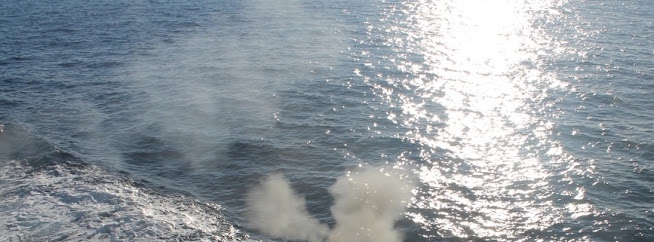Review by Bill Doughty––
More than a hundred years ago the United States was a divided government: The House of Representatives balance was 168 to 160, with Republicans holding a “wafer thin” lead. In the Senate, Democrats, mostly from the South, obstructed legislation that allowed “Negroes” to participate in politics. President Benjamin Harrison, a Republican, was elected despite losing the popular vote. Ultranationalism was on the rise.
Harrison, according to author Barbara W. Tuchman, “sat on that unstable throne so oddly carpentered by the electoral college system.” Tuchman takes a deep dive into American and European history in her eye-opening book “The Proud Tower: A Portrait of the World Before the War: 1890-1914” (MacMillan, 1966).
Tuchman describes the “cigar and paunch” nobility that ruled Britain as “particularly literate, self-consciously clever and endlessly self-admiring.” Men with land ruled and grew more wealthy; “ladies came down to breakfast in hats and at afternoon tea reigned in elaborate tea gowns.”
The beginning of the 20th century was a time of cataclysmic change as technology helped accelerate imperialist impulses. In the United States, Congress debated westward global expansion and annexation of Hawaii, called for by Mahan.
We get amazing descriptions of the characters involved. For example, Speaker of the House Reed:
“A physical giant, six feet three inches tall, weighing almost three hundred pounds and dressed completely in black, ‘out of whose collar rose an enormous clean-shaven baby face like a Casaba melon flowering from a fat black stalk…’ Speaking in a slow drawl, he delighted to drop cool pearls of sarcasm into the most heated rhetoric and to watch the resulting fizzle with the bland gravity of a New England Buddha.”
 |
| Reed |
Reed dealt with issues familiar to us today such as ensuring a representative government, achieving a quorum, opposing the silent filibuster, combatting tyranny, and confronting contested elections in January. Reed’s friend Mark Twain supposedly said, “History doesn't repeat itself but it often rhymes.”
At the turn of the century, opposition to ruling classes grew stronger. People protested gross inequality, poor working conditions, and politicians who prevented others, including women, from voting. Tuchman shows how Victorianism began to die but how Anarchists, Socialists, and Ultra-nationalists came to life. The “chronic war between the Church and the republic” continued to be fought for control of education, personal freedom, and collective civil rights.
In post-Napoleon, post-revolution France, “the nation was at odds with itself,” exemplified with the Dreyfus Affair, involving a Jewish military man and accusations of espionage. “The sudden and malign bloom of anti-Semitism in France was part of a wider outbreak,” Tuchman writes.
Tuchman’s foreword to “The Proud Tower” is a testament to humility; she admits the limitations of her undertaking in covering a period of history so selectively. The same can be said about this review; for this Navy Reads blog, I try to choose books and themes that would be most interesting to military readers, history buffs, and critical thinkers.
As always, reading the entire book offers greater depth, context, and knowledge.
 |
| Whiteman |
The copy I found, by the way, once belonged to an Air Force major (“from the library of …”) who, himself, had salvaged it after it had been discarded by Whiteman Air Force Base library in Missouri.
Somehow the book's origin gives it more relevance. Whiteman AFB’s namesake is 2nd Lt. George Whiteman, who was killed in the attacks on Pearl Harbor and Oahu on Dec. 7, 1941. Of course, Pearl Harbor is now home to the Battleship Missouri Museum.
History rhymes.










